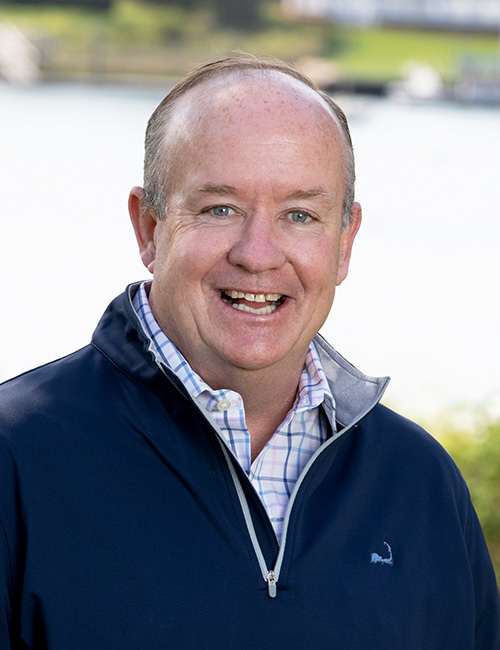
Image by StartupStockPhotos from Pixabay
In general, if you have less than 20 percent of a down payment for the house you want, you will have to pay private mortgage insurance (PMI). This insurance is a cost to you to protect the lender if you default on the loan. In most cases, it’s better to save the 20 percent down payment, but if you absolutely cannot do that and rent is costing you more than a mortgage payment even with PMI tacked on, then it’s better to buy and pay PMI. Another reason to pay PMI is if you have the 20 percent down payment, but you are buying a house that needs some work — you can make a lower down payment and pay PMI so you have more cash for repairs.
You can avoid paying private mortgage insurance in three ways:
Make a down payment of 20 percent or more of the purchase price;
Get a loan backed by the VA or the Department of Agriculture; or
Get a loan that has PMI, but make sure you can cancel it as soon as you get 20 percent in equity built up.
The easiest way to get the 20 percent down is to put money in a savings account that pays high interest. Put what you have for a down payment in the account, then add money to it every month. Some people find it easier to put $50 per week, while others might want to put a lump sum in the account once every month.
With the VA and Department of Agriculture loans, you have to qualify for these loans. Sometimes your only option might be to get the loan with PMI, but make sure you can stop paying PMI once you have 20 percent in equity. Making extra payments on the principle is one way to get equity to build up faster.
Your lender has five types of PMI to offer you. The most common is borrower-paid mortgage insurance. This is usually a monthly fee that is combined with your mortgage payment. You need to get 22 percent equity before your lender drops BPMI. You also have to be current on your mortgage payments. Some lenders will cancel the BPMI at 20 percent equity if you ask.
Single-payment mortgage insurance is PMI that you pay in one lump sum at closing. In some cases, the lump sum might be divided into equal payments and paid with your mortgage for the year. If you pay this mortgage insurance up front, your monthly payments are lower. However, if you sell your house or refinance it, you won’t get any part of your premium back.
Lender-paid mortgage insurance means that your lender pays for the PMI. However, your interest rates are higher to make up for those payments, so technically, you are still coming out of pocket for it. Because this type of PMI is built into the loan, you can’t cancel it when you have enough equity. And, your interest rate won’t go down, either. The one benefit of lender-paid mortgage PMI is that even with a slightly higher interest rate, your payments are most likely going to be lower.
The fourth type of PMI is split-premium mortgage insurance. This is a combination of buyer-paid mortgage insurance and single-payment mortgage insurance. You pay this insurance in two parts: One part in a lump sum at closing, then the balance is worked into your mortgage payments. You don’t need a huge lump sum at closing and your mortgage payments will be lower than if you were to have BPMI.
Finally, Federal Home Loan Mortgage Protection, or MIP, that is mortgage insurance you can get if the Federal Housing Administration (FHA) underwrites your mortgage. If you have a down payment of 10 percent or less, you will pay MIP in the form or an up-front payment plus extra payments worked into your mortgage.

I'm John Mahan, Sales Associate with William Raveis Real Estate, Harwich Port Office.
Throughout his childhood, John Mahan spent summers on Cape Cod at his parents’ home in Dennis Port. His intro to the Cape was, as he puts it, when his parents “carried me down the stairs at Sea Street Beach when I was a week old.” With a lifelong connection to Cape Cod, it seemed only natural for John and his wife, Mary, to move to Harwich – where they still reside – with their two young children in 1996.
Prior to moving to Cape Cod, John lived in the Worcester-Auburn area where he worked for Mass Electric for 10 years and was a member of the International Brotherhood of Utility Workers. When John and his family moved to the Cape, he worked at NSTAR for six years.
John began his career in real estate in 2002 when he joined Team Waystack Realty in Harwich Port. He has been a consistent top producing realtor in the Harwich area for the past 20 years. John’s approachable demeanor, combined with an integral understanding of the Cape Cod residential real estate market, have allowed him to build trusting, long-term relationships with his clients – both sellers and buyers.